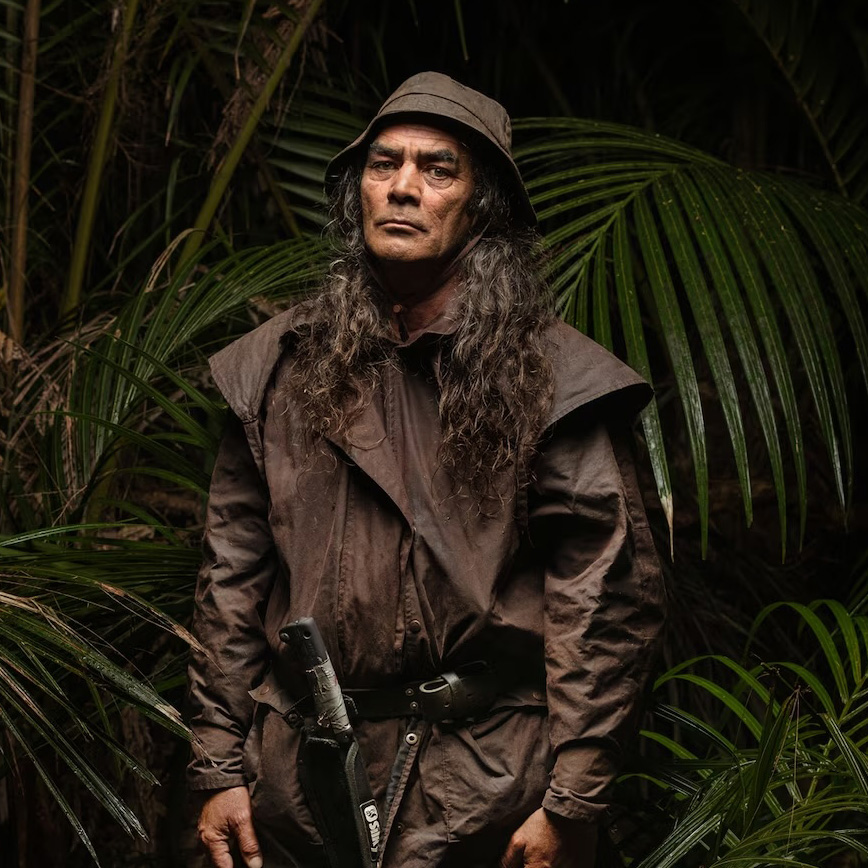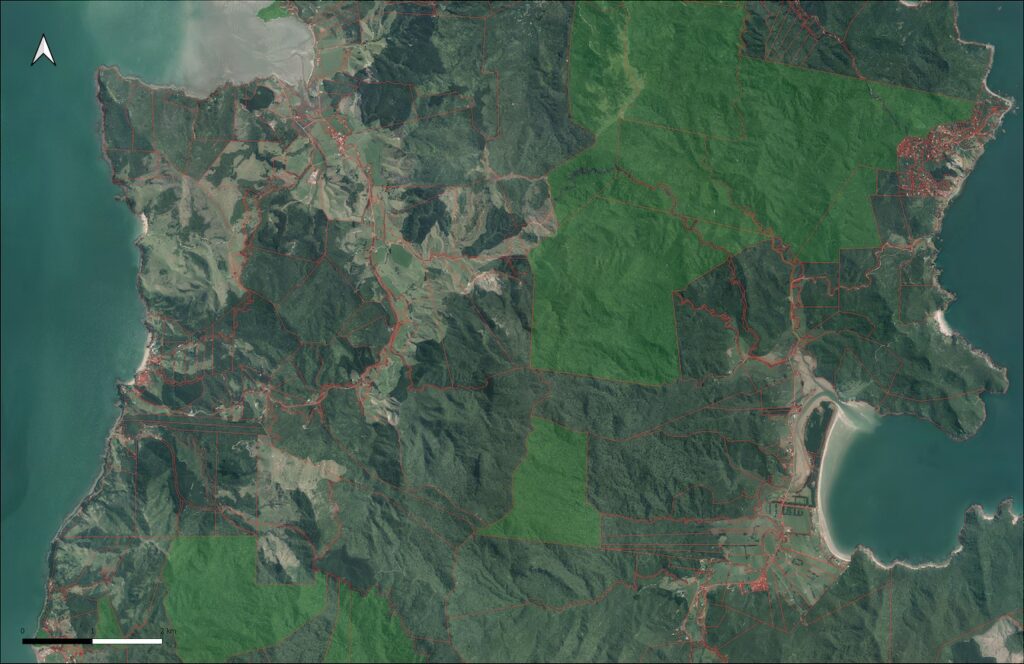“A natural area containing threatened species or rare types of habitats that make them more important relative to other natural areas without these features.” – Waikato Regional Council
The Resource Management Act (RMA) 1991 Section 6 requires that Significant Natural Areas are protected. It refers to “the protection of areas of significant indigenous vegetation and significant habitats of indigenous fauna” – or SNAs.
Internationally Significant Areas: provide habitat for an indigenous species (or genetically distinct population) threatened with extinction (in the categories ‘Nationally Critical’, ‘Nationally Endangered’, or ‘Nationally Vulnerable’) and endemic to the Waikato Region. Or comprise a key habitat for the completion of the life cycle of a species (or genetically distinct population) that migrate internationally and that would be threatened if these habitats were not sustained.
While many Significant Natural Areas across Te Ranga Wairua are compromised by weeds and animal pests, they provide habitat for a diverse range of indigenous fauna, including core breeding habitat for many nationally threatened species. Much of the proposed Te Ranga Wairua area is classed as Nationally, Internationally or Regionally Significant (Figure 4). The area proposed for predator control comprises sites considered to be in the 2-10% for “environmental priority” rankings for Significant Natural Areas.
Waikato regional policy
The Waikato Regional Policy Statement [RPS]. In particular, the Indigenous Biodiversity chapter of the RPS: “Healthy ecosystems and a healthy environment are critical in supporting biodiversity, and also in providing ecosystem services to support our prosperity and wellbeing”. The issues identified in the RPS reflect the fact that within the Waikato region, extensive clearance of vegetation and drainage of wetlands has reduced the extent of original native habitats by 75 per cent overall, with some ecosystems below 5 per cent of their original extent. There are currently 223 species of native plants and animals in the Waikato Region threatened with extinction. The RPS signals a move towards a strategic, proactive, and coordinated biodiversity management approach with landowners, mana whenua and other agencies. “The Regional Policy Statement promotes positive indigenous biodiversity to maintain or enhance the full range of functional ecosystems. Although there has been significant loss of biodiversity, it is possible to stop this degradation and to help restore our region’s biodiversity. Doing so will enhance the native plants and animals that only live here, as well as enhance our economy, social and cultural wellbeing.” – Waikato Regional Council.
Te Ranga Wairua aligns directly with this Waikato Regional Policy Statement as it comprises a strategic, proactive, and coordinated biodiversity management approach across Public Conservation Land and private land.
Kennedy Bay is also identified as an important lowland fish spawning habitat – several native fish species spawn in lowland environments. The best-known of these is inanga (Galaxias maculatus), the dominant species of the whitebait catch, which spawns among vegetation in the lower margins of streams influenced by tidal fluctuations and saline intrusion. With Harataunga scoring a very high “habitat Value” score from field assessments undertaken by Waikato regional council.




